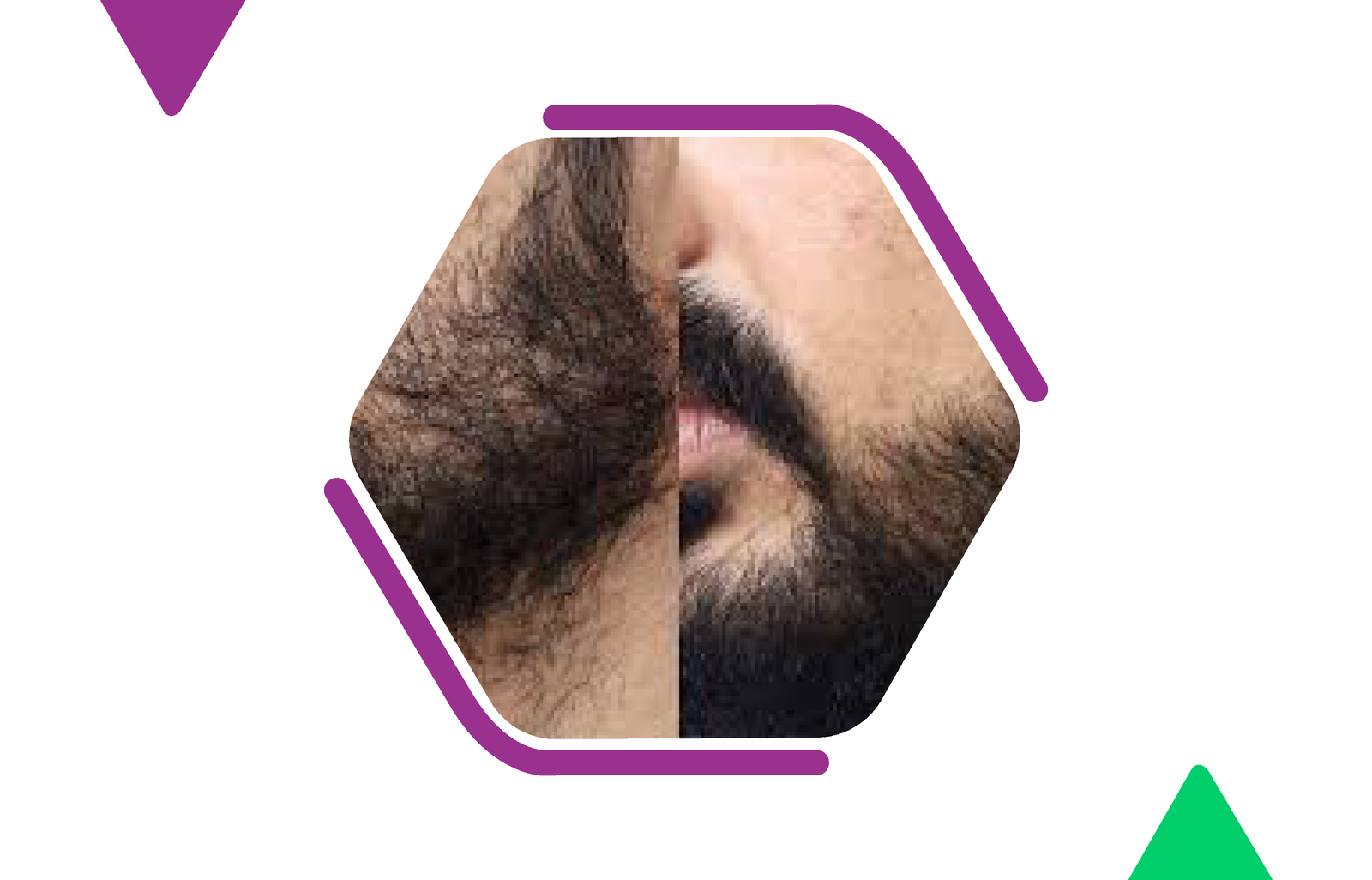
Moustache reconstruction is indeed a challenging procedure due to the very acute angle of exit and the different directions of hair growth in the beard area. Typically, it may require around 1500 to 3500 follicular units (FUs) for effective beard reconstruction. This procedure is often recommended for individuals with indications such as a scanty beard, post-traumatic hair loss, post-radiotherapy hair loss, or post-burn scarring. By carefully considering these factors and utilizing advanced techniques, medical professionals can help patients achieve natural-looking and satisfactory results in moustache reconstruction.
Exploring the Intricacies of Moustache Reconstruction
Moustache reconstruction is a specialized procedure aimed at restoring or enhancing the appearance of the moustache region, particularly in individuals with sparse growth, post-traumatic hair loss, or scarring. This article delves into the complexities of moustache reconstruction, including the anatomical considerations, surgical techniques, and factors influencing patient outcomes.
Anatomical Considerations
The moustache region presents unique anatomical challenges for reconstruction due to the acute angle of hair exit and the varied directions of hair growth. Unlike scalp hair transplantation, where hair follicles emerge at a relatively perpendicular angle, moustache hair exits the skin at a much shallower angle, necessitating precise placement and orientation of follicular units (FUs) to achieve natural-looking results.
Hair Direction and Angle
Understanding the natural direction and angle of hair growth in the moustache area is essential for replicating a realistic appearance during reconstruction. Hair follicles may exhibit different orientations and angles, requiring meticulous planning and execution to ensure proper alignment and symmetry.
Density and Distribution
The density and distribution of hair follicles in the moustache region vary among individuals, with some displaying sparse growth or irregular patterns. Achieving adequate density and uniform coverage during reconstruction often requires harvesting a sufficient number of follicular units (FUs) from donor sites with compatible hair characteristics.
Surgical Techniques
Moustache reconstruction typically involves hair transplantation, wherein hair follicles are harvested from donor areas (such as the scalp or beard) and meticulously implanted into the moustache region. Advanced surgical techniques and instruments are employed to ensure precision, minimal trauma, and optimal graft survival.
Follicular Unit Extraction (FUE)
Follicular Unit Extraction (FUE) is a minimally invasive technique commonly used for moustache reconstruction. In FUE, individual follicular units (containing 1-4 hairs) are extracted from donor areas using a specialized punch tool and then transplanted into recipient sites in the moustache region. This approach allows for precise harvesting of grafts and minimizes scarring, facilitating natural-looking results.
Follicular Unit Transplantation (FUT)
Follicular Unit Transplantation (FUT), also known as strip harvesting, involves harvesting a strip of donor tissue from the scalp, dissecting it into individual follicular units, and then transplanting them into the moustache area. While FUT may yield a higher number of grafts compared to FUE, it requires a linear donor scar and may be associated with longer recovery times.
Patient Indications and Considerations
Moustache reconstruction may be recommended for individuals with various indications, including:
- Scanty Moustache: Patients with naturally thin or sparse moustache growth may opt for reconstruction to enhance fullness and density.
- Post-Traumatic Hair Loss: Traumatic injuries or accidents can result in partial or complete loss of moustache hair, prompting individuals to seek reconstruction to restore their appearance.
- Post-Radiotherapy Hair Loss: Radiation therapy for head and neck cancers may lead to hair loss in the moustache area, necessitating reconstruction for cosmetic improvement.
- Post-Burn Scarring: Burns and thermal injuries can cause scarring and tissue damage in the moustache region, requiring surgical intervention to improve aesthetics and functionality.
Achieving Satisfactory Results
Successful moustache reconstruction hinges on several factors, including patient selection, meticulous surgical technique, and postoperative care. By carefully assessing patient goals, anatomical considerations, and donor hair characteristics, medical professionals can develop personalized treatment plans tailored to each individual’s needs and preferences.
Preoperative Assessment
Prior to surgery, patients undergo a thorough evaluation to assess their suitability for moustache reconstruction. This includes assessing the extent of hair loss, evaluating donor hair quality and availability, discussing patient expectations, and obtaining informed consent.
Surgical Planning and Execution
During surgery, meticulous attention is paid to graft harvesting, recipient site creation, and graft placement to ensure optimal outcomes. Surgeons meticulously select and prepare follicular units (FUs) for transplantation, taking into account hair angle, direction, and density. Careful recipient site preparation and precise graft insertion are essential for achieving natural-looking results and promoting graft survival.
Postoperative Care and Follow-Up
Following surgery, patients receive postoperative instructions and guidance to facilitate proper healing and maximize graft survival. This may include instructions for wound care, medication management, and activity restrictions. Regular follow-up appointments allow for monitoring of graft growth, evaluation of cosmetic outcomes, and adjustments as needed to optimize results.
Our Services
- Hair Loss
- Causes of Hair Loss
- Clinical Features
- Laboratory Test
- Medical Treatment
- Cyclic Treatment
- PRP
- Hair Transplant
- Surgical Treatment
- FUE
- FUT
- Beard Reconstruction
- Moustache Reconstruction
- Eyebrow Reconstruction
- Side Burn Reconstruction
- Complications of Hair Transplant
- Alopecia Areata
- Telogen Effluvium
- Laser Treatment



 Book an Appointment
Book an Appointment